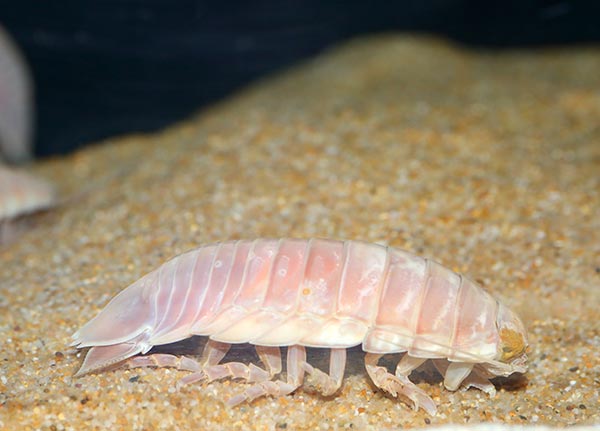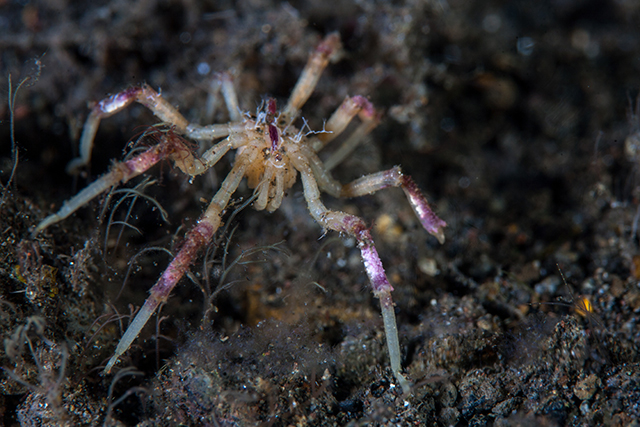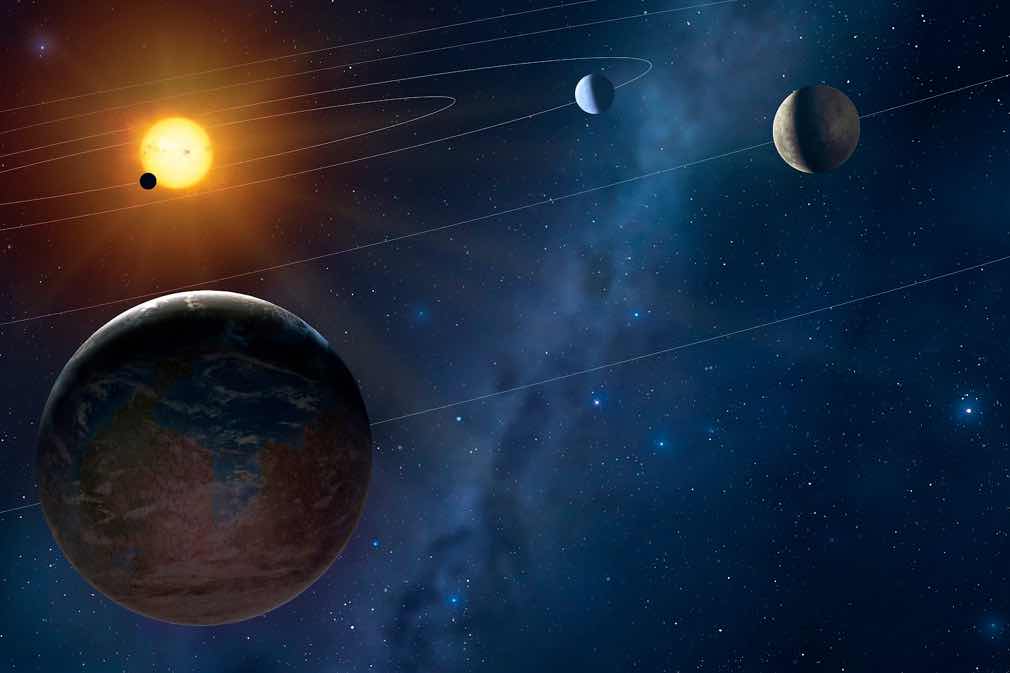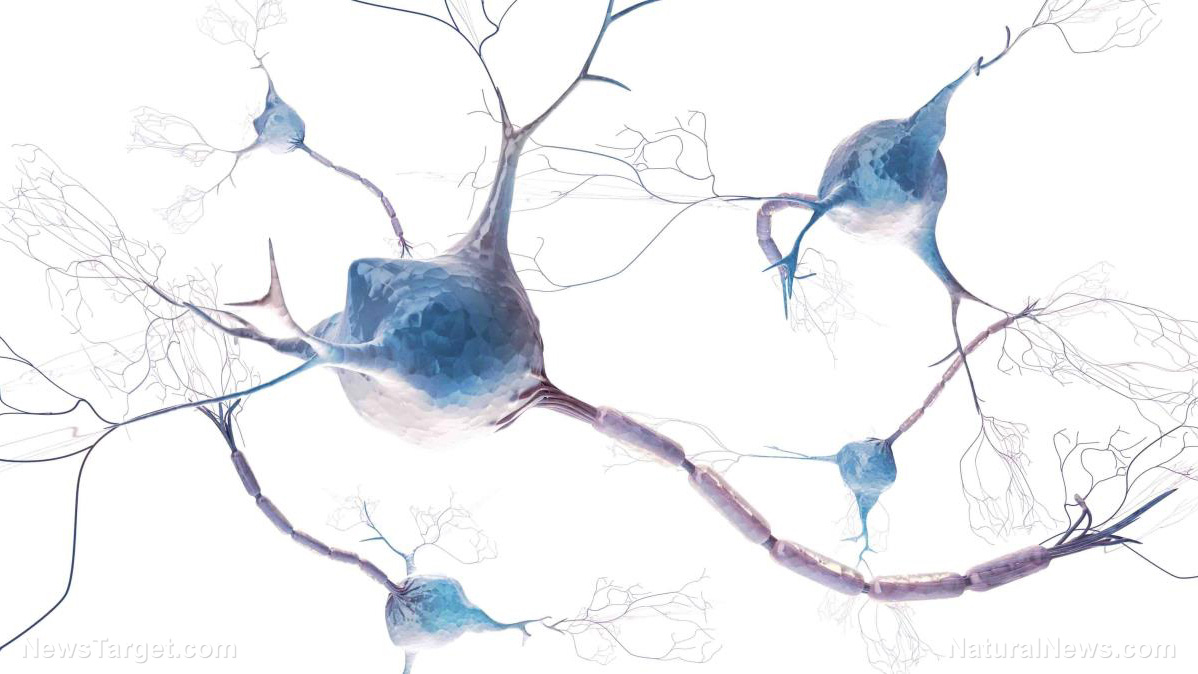Understanding how resurrection plants control their water structure to survive long periods of drought
11/28/2019 / By Edsel Cook

Resurrection plants possess the ability to survive for months or years of drought before making a full recovery once water becomes available again. Japanese and Bulgarian researchers learned how one such species pulled it off by comparing it with a non-resurrecting relative.
Their findings showed that the Orpheus flower (Haberlea rhodopensis) got ready for dry spells by storing certain types of water molecules while also reducing the amount of free water around its leaves. This regulatory ability allowed the plant to protect its tissue against the damaging effects of dehydration.
Named after the mythical Greek musician who descended into the Underworld to resurrect his dead wife, the Orpheus flower is an anhydrobiotic organism. During droughts, it looks like any desiccated plant. But after getting rehydrated, the resurrection plant swiftly returns to its normal state.
H. rhodopensis and other resurrection plants use various methods to survive the effects of dehydration. Their different adaptations protect cellular structures and prevent oxidative stress.
Furthermore, the plants also take advantage of the water present in their bodies. The structures of water molecules in living organisms respond to both environmental stimuli and biological molecules. (Related: Conserve water while gardening using these incredible tips and tricks.)
The Orpheus flower preserves the ratios of water molecules during dehydration and desiccation
Researchers from Kobe University and the Agrobioinstitute in Sofia, Bulgaria experimented with the Orpheus flower and its related species Deinostigma eberhardtii. The latter plant lacked the ability of the resurrection plant to survive droughts.
Their test consisted of dehydrating and rehydrating specimens of both the Orpheus flower and D. eberhardtii. The researchers used non-destructive techniques to observe the ensuing changes in the structure of water molecules in the leaves during the drying and rehydration processes.
The two plants were very similar in botanical terms. However, the water structure of the resurrection plant proved to be considerably different from the structure in D. eberhardtii.
Measuring the amount of water in the leaves showed that the Orpheus flower dehydrated at a very fast rate until it reached 13 percent water content. In comparison, D. eberhardtii attempted to prevent water loss during dehydration until water content hit 35 percent, the point of no return.
When the Japanese and Bulgarian researchers looked at the water structure during the drying process, they found that the Orpheus flower preserved the ratios of certain H20 molecules, even as the number of each “species” dropped. D. eberhardtii proved unable to maintain the molecular ratios.
The secret to the survival of resurrection plants
The research team also reported differences in the water structure of the leaves of the plant after they got completely dried out. The Orpheus flower specimens shed most of the free H20 molecules associated with metabolism. Instead, it gathered other types of water molecules.
Meanwhile, D. eberhardtii did not radically alter its water structure despite getting dried out. It retained plenty of free molecules, but the water contributed to the spoilage and decay of the plant.
When the researchers rehydrated the Orpheus flower specimens, they found that the resurrection plant restored its water structure to pre-drought levels. It replenished the numbers of the water molecules while ensuring the ratios between the species remained the same.
The results of the Kobe-Agrobioinstitute study showed that a resurrection plant didn’t survive droughts by maintaining the amount of water in its body. Instead, its survival rested upon changing its water structure to fit the situation.
By preserving ratios between vital H20 molecules, the resurrection plant ensured that it had the right mix of water species to keep it alive until enough water became available. It achieved this by producing biomolecules that varied according to the plant species.
Sources include:
TAndFOnline.com [PDF]
Tagged Under: Climate, dehydration, discoveries, Drought, drought resistance, Orpheus flower, plant survival, research, resurrection plants
RECENT NEWS & ARTICLES
COPYRIGHT © 2017 DISCOVERIES NEWS


















